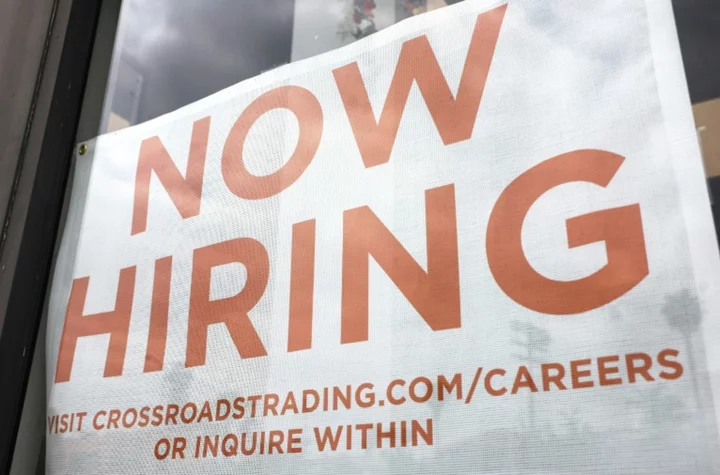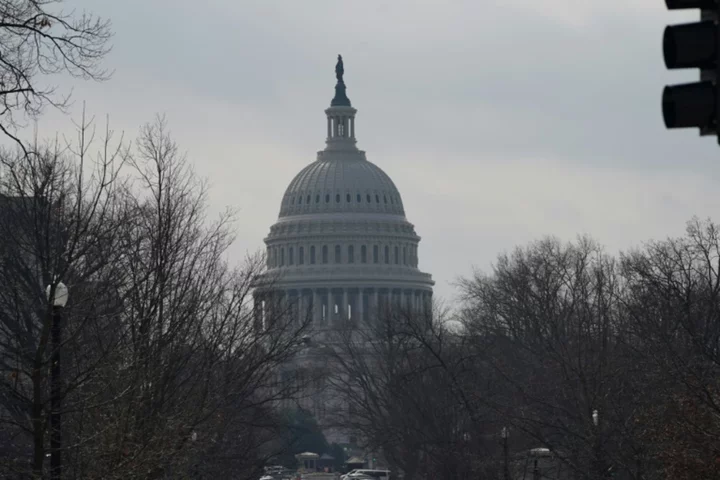Chinese retail sales jumped last month, data showed Friday, beating expectations and fuelling hopes that the country's army of consumers are returning to help kickstart the world's number two economy after an extended period of weakness.
The data, which also revealed a better-than-expected lift in industrial output, is the latest pointing to a stabilisation and will follow a number of stimulus measures by Beijing.
Sluggish domestic consumption, an embattled property sector and soft overseas demand for China's exports have all complicated the country's post-Covid recovery after the lifting of restrictions at the end of last year.
Retail sales -- the main indicator of household consumption that is closely followed by markets -- jumped 4.6 percent on-year in August, the National Bureau of Statistics (NBS) said.
That marks a big improvement on July's 2.5 percent and was far better than the three percent forecast in a survey of economists by Bloomberg.
Meanwhile, industrial production climbed 4.5 percent on-year, which was also a big increase from July and more than estimated.
The government in recent weeks announced a series of measures to lift the economy, the latest coming Thursday with the People's Bank of China cutting the amount of cash lenders need to keep in reserve -- a move aimed at freeing up cash for loans.
Authorities have also unveiled tax breaks for households and businesses to support consumption, while taking steps to address the crisis in the crucial property sector.
Several major cities, including Beijing and Shanghai, have relaxed their criteria for mortgage loans, while first-time buyers have been granted renegotiation of their loan rates.
However, while Friday's data was welcome, there were some figures highlighting the struggles ahead.
Property prices fell again in August, suggesting the government's measures were yet to have an effect, and on Friday Sino-Ocean, a state-backed developer, announced it would suspend payments of offshore debts, the latest company to show signs of trouble.
The unemployment rate for the working population as a whole fell slightly in August to 5.2 percent.
Unemployment data no longer includes a breakdown for 16-24 year-olds, after a record high in June of 21.3 percent.
In China, the unemployment rate is calculated for urban areas only, and therefore gives only a partial picture of the situation.
Fixed capital investment, meanwhile, slowed to 3.2 percent on-year in the first eight months of the year.
That marks the fourth month of decline for the indicator, which reflects spending on property, infrastructure, equipment and machinery -- sectors that the government has relied on in the past to stimulate activity.
sbr-reb/dan









